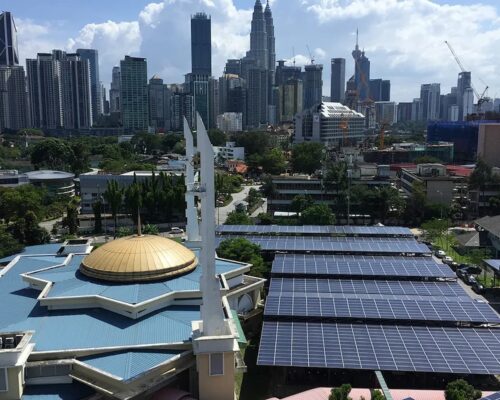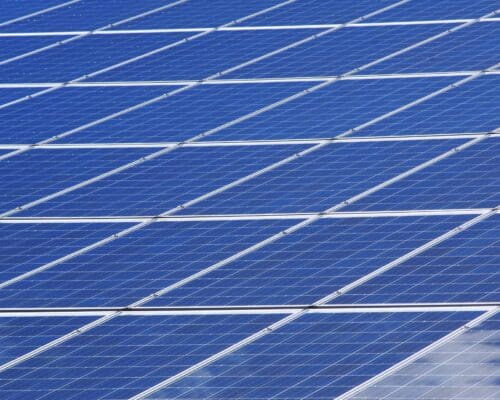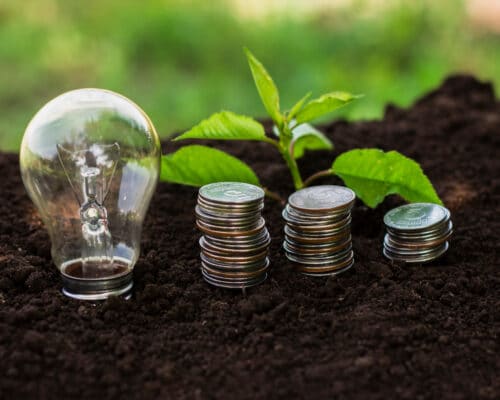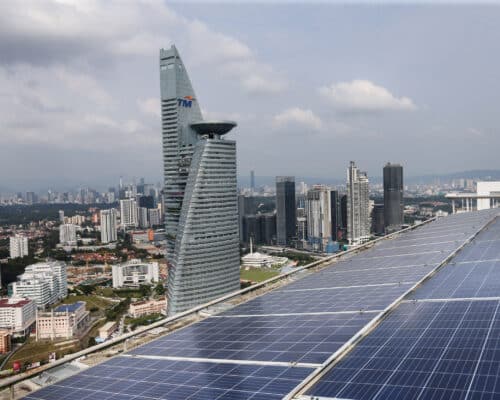Malaysia

Malaysia’s Economy: Balancing Growth and Renewable Ambitions
Malaysia's economy has seen a significant rebound following COVID-19, positioning it as an economic leader in Southeast Asia. Its pursuit of renewable energy targets over the coming decades has the potential to supercharge this economic growth. However, ongoing government support and investment incentives are critical to capitalising on this opportunity.

ASEAN 2025: Malaysia’s Push For Sustainability
Malaysia will hold the ASEAN chairmanship in 2025 and will be central to driving several initiatives forward. These include the Community Vision through 2045 and the Digital Economy Framework. Combined, these two frameworks have the power to define the region's social, economic and environmental future for decades to come.

Solar 53% Cheaper than Fossil Fuels in Malaysia
Malaysia has solid renewable energy market fundamentals and, according to the IEA, hosts low investment risks for project investors. The country is just a step away from unlocking the advantages of the clean energy transition but the government needs policy reforms and more ambitious climate goals.
Malaysia Nears Its 40% Renewable Energy Target by 2035
Malaysia has solid renewable energy market fundamentals, low investment risks for project investors and an abundance of untapped clean resources. Capitalising on them requires the introduction of favourable policies to attract green capital and ease project developers.
Malaysia’s Energy Transition: Challenges and Opportunities
Malaysia has great potential for clean energy alternatives like solar and hydropower. On paper, its energy transition is already mapped out. The question is whether it will follow this path or lock itself into a future of fossil fuel energy dependence.
Wind Energy in Malaysia – Potential for Growth
Malaysia has limited capacity for wind energy due to geographic and climate factors. As a result, the country's renewable energy programs primarily focus on solar and hydropower. However, wind energy can be useful in select regions with higher than average wind energy capacity.
Renewable Energy in Malaysia 2024 – From Oil To Sustainability
Malaysia's energy mix is heavily geared towards coal, oil and natural gas. However, the country has ambitious renewable energy and decarbonisation goals over the next 30 years. The rapid development of domestic renewable energy is crucial to stay on track.
Climate Change in Malaysia – Environmental Issues and Solutions
Malaysia relies heavily on fossil fuel-dependent industries, leading to near-term environmental damage and perpetuating climate change. The country needs to address these near-term issues while reducing emissions and creating adaptation strategies for the future.

False Solutions to Climate Change Promoted in Southeast Asia Pose Various Risks
Instead of helping Southeast Asia wean itself off fossil fuels, ammonia-hydrogen co-firing solutions and CCS risk perpetuating their use and locking climate-vulnerable countries into a future of high emissions, air pollution and ecosystem disruption.

Clean Coal vs Renewables: Economic Costs and Gains For Southeast Asia
Despite the subsidies and industry support, Japan’s proposed technologies are struggling to prove promising even at home. Yet, it aims to export them to countries with much more fragile economies and significant challenges. Crunching the numbers reveals that Southeast Asia has a lot to gain if its pursues renewables instead.
Solar Energy in Malaysia: A Bright Future or Dim Prospect?
Malaysia's renewable energy targets heavily rely on expanding its solar energy capacity. Meanwhile, the country is ideally located for large-scale solar adoption. However, government policies still need improvement, and significantly more investment is required to facilitate this transition.

A Bumpy Road Ahead for Malaysia’s Net-zero 2050 Ambitions
With diminishing oil and gas resources, costly fossil fuel subsidies and rising sea levels and temperatures, the pressure is on for Malaysia to pursue its net-zero targets.
Malaysian Oil and Gas Company Petronas Ventures into Renewable Energy
Petronas is one of the largest oil and gas companies in the world - controlling the fourth largest fossil fuel reserves in Asia. Yet the government owned business is aware that oil and gas is loosing traction. Since 2013 Petronas has been investing in renewable energy and currently controls over 1 GW of solar arrays. Further investment in renewable technologies is expected in the coming decades.
Most Popular
Categories
-
10
-
34
-
126
-
4
-
17
-
46
-
52
-
11
-
15
-
10
-
24
-
6
-
1
-
5
-
6
-
279
-
199
-
17
-
24
-
1
-
1
-
23
-
41
-
44
-
87
-
18
-
86
-
41
-
17
-
11
-
43
-
51
-
86
-
293
-
22
-
44
-
36
-
10
-
42
-
36

